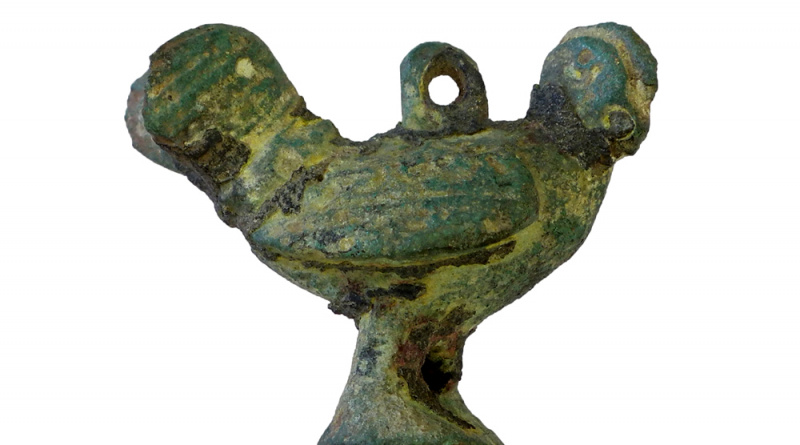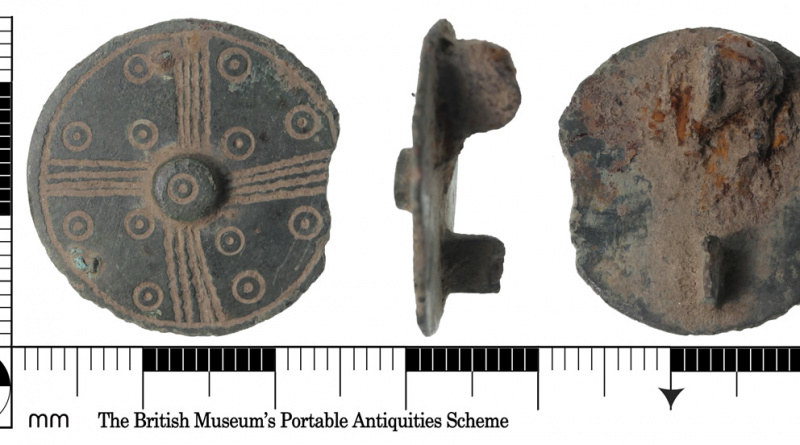PAS Finds: week ended 17 June 2022
PAS Finds: week ended 17 June 2022
My selection of the detecting finds recorded at the PAS in the week ended 17 June 2022.
Featured Find
Roman cockerel figurine
A copper alloy figurine of a cockerel dating to AD43 – 200. It has been designated a Find of Note of Regional Importance. The PAS record suggests that it may have been used in a household or portable shrine. Given the suspension loop, it suggests possible alternative uses as a pendant or steelyard weight (it weighs close to a Roman ounce)
Mercury
The cockerel is closely associated with the roman god Mercury. It was one of his animal companions, the others being the tortoise and the ram or goat. Roman cockerel brooches are often used as votive deposits and placed within graves; one of Mercury’s functions was to escort souls of the dead to the Underworld. In one grave a cockerel brooch had been place on the chest of a newly deceased and, for good measure, a cushion had been made from the head of a sacrificial bird.






